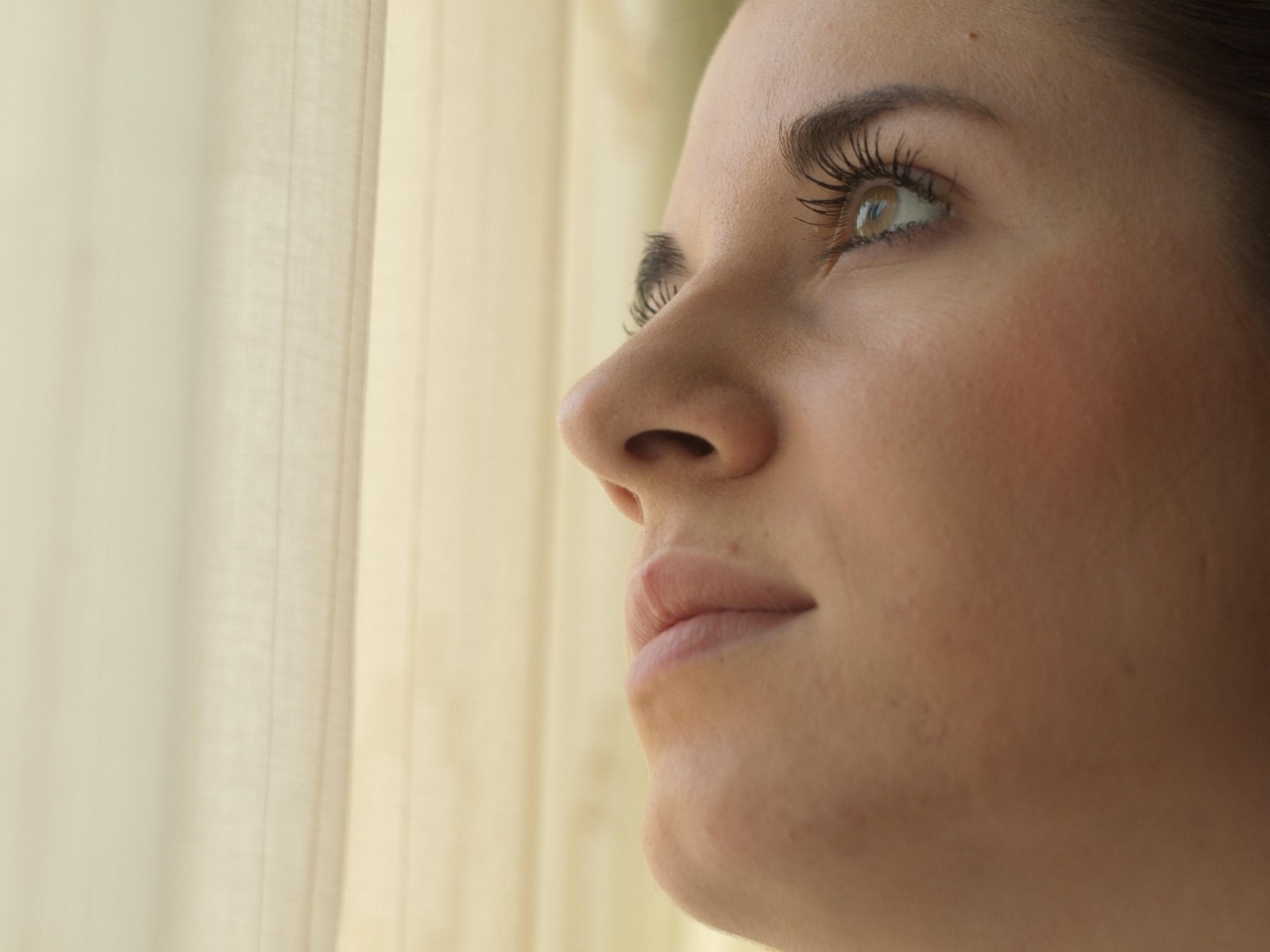How to Spot and Treat Apple Scab on Your Trees Effectively
To effectively spot and treat apple scab on your trees, look for dark, olive-green spots on leaves and fruit. These spots may turn brown and cause leaves to curl and drop. Treatment includes removing infected leaves, improving air circulation, applying fungicides, and practicing proper sanitation.
Apple scab is a common fungal disease that affects apple and crabapple trees. Caused by the pathogen Venturia inaequalis, this disease can lead to significant damage if not addressed promptly. Recognizing the signs and understanding how to manage apple scab is crucial for maintaining healthy trees and producing quality fruit. The disease thrives in cool, wet conditions, making it particularly problematic during the spring months.

The first step in managing apple scab is accurate identification. The symptoms typically appear early in the growing season, often starting with the leaves. As the disease progresses, it can impact both foliage and fruit. In severe cases, apple scab can weaken trees, leading to reduced vigor and lower yields. Therefore, early detection and intervention are essential.
Symptoms of Apple Scab
Detecting apple scab early can save your tree from extensive damage. Here are some common symptoms to watch for:
- Dark olive-green spots appear on the upper surface of leaves.
- As spots develop, they turn brown or black.
- The affected leaves may curl, yellow, and eventually fall off.
- Fruits can develop dark spots, leading to premature dropping.
- Infected trees may exhibit stunted growth and overall poor health.
Conditions Favoring Apple Scab

Certain environmental conditions encourage the spread of apple scab. Understanding these factors can help in prevention efforts. The following table outlines the key conditions that promote apple scab development:
| Condition | Description |
|---|---|
| High Humidity | Wet foliage creates an ideal environment for spore germination. |
| Cool Temperatures | Temperatures between 60°F and 75°F are most favorable for the fungus. |
| Poor Air Circulation | Dense foliage prevents drying, allowing moisture to linger. |
By being aware of these conditions, you can take proactive steps to manage your trees. Proper spacing between trees allows for better airflow, while regular pruning helps maintain tree health. Additionally, monitoring weather conditions can inform you when to take preventive measures.
Preventive Measures Against Apple Scab

Prevention is often more effective than treatment when it comes to apple scab. Implementing the following practices can significantly reduce the risk of infection:
- Choose resistant varieties of apple trees when planting.
- Ensure proper spacing between trees for good air circulation.
- Practice good sanitation by removing fallen leaves and debris in the fall.
- Avoid overhead watering to keep foliage dry.
By taking these preventive measures, you can create an environment less conducive to apple scab development. Regular monitoring of your trees will also help in spotting any signs of the disease early on, enabling prompt action if necessary. In the next sections, we will discuss treatment options available for managing apple scab once it has been identified.
Identifying Apple Scab Infections
Once you start noticing potential symptoms of apple scab, it is vital to confirm the diagnosis. Distinguishing apple scab from other diseases can be challenging. Here are key characteristics that can help you identify apple scab effectively:
- Leaf Spots: The dark spots typically appear on the upper leaf surface and are often surrounded by yellow halos.
- Fruit Symptoms: Look for dark, sunken lesions on the fruit that may cause premature dropping.
- Timing: Symptoms usually emerge in late spring or early summer, aligning with wet weather patterns.
It is also important to differentiate apple scab from similar diseases such as fire blight or powdery mildew. Fire blight presents as a blackened shoot dieback, while powdery mildew causes a white, powdery coating on leaves. If uncertain, consulting a local extension office or a tree care professional may provide clarity.
Treatment Options for Apple Scab
Once apple scab has been diagnosed, immediate action is necessary to minimize its impact. Here are some effective treatment strategies:
Cultural Practices
Cultural practices can significantly help in managing apple scab. Implementing these methods can reduce infection rates:
- Pruning: Regularly prune trees to improve air circulation and sunlight penetration. This helps keep foliage dry.
- Sanitation: Remove all fallen leaves and infected fruit from the ground to interrupt the disease cycle.
- Mulching: Use organic mulch around the base of the trees to prevent soil splash, which can spread spores.
Fungicide Applications
Fungicides play a crucial role in controlling apple scab once it appears. Here are some important points regarding fungicide use:
- Timing: Apply fungicides before symptoms appear, particularly during the flowering and leaf expansion stages when conditions are favorable for infection.
- Types of Fungicides: Systemic fungicides penetrate the plant and provide longer-lasting protection, while contact fungicides remain on the surface.
- Rotation: Rotate between different classes of fungicides to prevent the development of resistance in the fungus.
Organic Treatment Methods
If you prefer environmentally friendly solutions, several organic treatments can be effective against apple scab:
- Neem Oil: This natural pesticide not only helps control fungal infections but also deters pests.
- Baking Soda Solution: Mix one tablespoon of baking soda with a gallon of water and spray on affected areas to inhibit fungal growth.
- Copper-Based Fungicides: These can be used as an organic option but should be applied carefully to avoid leaf burn.
Monitoring and Follow-Up
After implementing treatment strategies, ongoing monitoring of your trees is essential. Check for new symptoms regularly and adjust your management practices accordingly. Consider the following tips for effective monitoring:
- Regular Inspections: Conduct thorough inspections of both leaves and fruit every few weeks, especially during wet weather.
- Document Findings: Keep records of symptoms observed, treatment applications, and environmental conditions to track trends over time.
- Seek Professional Help: If you notice persistent symptoms despite treatment efforts, consulting an arborist or plant pathologist may provide additional insights.
The battle against apple scab can be ongoing. By combining preventive measures with timely treatments and monitoring, you can successfully manage this disease and keep your apple trees healthy and productive. In the next section, we will explore more advanced techniques and best practices for maintaining tree health throughout the growing season, ensuring that your apple trees thrive despite challenges like apple scab.

Advanced Techniques for Managing Apple Scab
To effectively manage apple scab, it is essential to incorporate advanced techniques that enhance tree resilience and promote overall health. These methods can complement your existing strategies and help mitigate the impact of this persistent disease.
Soil Health and Nutrition
The health of your soil plays a crucial role in the vitality of your apple trees. Well-nourished trees are better equipped to resist diseases, including apple scab. Consider the following practices to improve soil health:
- Soil Testing: Conduct a soil test to determine nutrient levels and pH. This will guide you in making informed amendments.
- Organic Matter: Incorporate organic matter, such as compost, into the soil to improve structure, drainage, and nutrient availability.
- Nutrient Management: Apply balanced fertilizers based on the results of your soil test. Nitrogen, phosphorus, and potassium are all essential for healthy growth.
By fostering a robust soil ecosystem, you provide your apple trees with the necessary nutrients to thrive, enabling them to better withstand stressors like disease.
Water Management
Proper watering techniques are vital in preventing apple scab. Overly saturated soil can lead to increased humidity around the foliage, creating an ideal environment for fungal growth. Here are some effective water management strategies:
- Drip Irrigation: Use drip irrigation systems to deliver water directly to the root zone, minimizing moisture on the leaves.
- Watering Schedule: Water deeply but infrequently, allowing the soil surface to dry out between watering sessions.
- Timing: Water early in the day to ensure that foliage dries quickly, reducing the risk of fungal infections.
Companion Planting
Companion planting can be an effective strategy for managing pests and diseases, including apple scab. By planting certain species near your apple trees, you can create a more balanced ecosystem. Consider these companion plants:
- Garlic: Known for its pest-repelling properties, garlic can deter harmful insects that may weaken the tree.
- Nasturtiums: These flowers attract beneficial insects while deterring aphids and other pests.
- Comfrey: This plant can improve soil health and provide mulch that retains moisture around apple trees.
By introducing these companion plants, you can enhance biodiversity in your garden and create a healthier environment for your apple trees.
Utilizing Biological Controls
Biological controls involve using natural organisms to suppress pests and diseases. Here are some beneficial organisms that can help manage apple scab:
- Beneficial Fungi: Mycorrhizal fungi improve nutrient uptake and strengthen plant defenses against pathogens.
- Bacteria: Certain strains of bacteria can inhibit fungal growth and outcompete harmful microbes.
- Predatory Insects: Introducing beneficial insects like ladybugs can help manage aphids and other pests that may stress your trees.
By integrating biological controls into your management plan, you can promote a natural balance in your orchard ecosystem.
Seasonal Care Practices
Seasonal care is essential for maintaining tree health and mitigating the effects of apple scab. Here are some key practices to follow throughout the year:
- Spring: Monitor for early signs of infection and apply fungicides if necessary. Ensure trees have adequate water as they begin to leaf out.
- Summer: Continue monitoring and maintain proper watering practices. Prune any dead or diseased branches to improve airflow.
- Fall: After harvest, clean up fallen leaves and debris promptly. This is also the time to apply organic matter to the soil.
These seasonal care practices will help enhance the overall resilience of your apple trees and minimize the impact of diseases like apple scab.
The Role of Education and Community Resources
Staying informed about best practices and new research on apple scab management is crucial. Consider utilizing local resources for ongoing education:
- Extension Services: Many universities offer extension services that provide valuable information on pest management and tree care.
- Workshops and Webinars: Participate in local workshops or online webinars focused on fruit tree care and disease management strategies.
- Community Gardening Groups: Join community gardening clubs where you can share experiences, tips, and resources with fellow gardeners.
By engaging with educational resources and community support, you can enhance your knowledge and skills in managing apple scab effectively. This collaborative approach not only benefits your trees but fosters a healthier gardening community overall.
Implementing Integrated Pest Management (IPM)
Integrated Pest Management (IPM) is a holistic approach that combines various strategies to manage pests and diseases like apple scab sustainably. By using IPM, you can minimize chemical use while effectively controlling the disease. Here are key components of an IPM strategy:
- Monitoring: Regularly inspect your apple trees for any signs of pests or diseases. Use traps or visual inspections to monitor pest populations.
- Thresholds: Establish action thresholds to determine when intervention is necessary. This helps avoid unnecessary treatments.
- Biological Controls: Utilize natural predators and beneficial organisms to control pest populations, reducing reliance on chemical pesticides.
- Physical Controls: Implement barriers, such as row covers or traps, to physically prevent pests from reaching your trees.
By adopting an IPM approach, you create a balanced ecosystem that supports tree health while managing apple scab and other potential threats.
Understanding Weather Patterns
Weather plays a significant role in the development of apple scab. Understanding local weather patterns can help inform your management strategies. Consider these factors:
- Humidity Levels: High humidity encourages fungal growth. Monitor humidity levels and take preventive measures during wet periods.
- Temperature Fluctuations: Apple scab is most active in cool, wet conditions. Be vigilant during early spring when these conditions are prevalent.
- Seasonal Changes: Recognize how seasonal changes affect tree health. For instance, late frost can weaken trees, making them more susceptible to diseases.
By understanding these weather influences, you can better prepare for potential outbreaks of apple scab and adjust your care practices accordingly.
Conclusion
Managing apple scab effectively requires a proactive and informed approach. By recognizing symptoms early, implementing preventive measures, and utilizing a combination of cultural, chemical, and organic treatments, you can keep your apple trees healthy and productive. It is crucial to stay engaged with community resources and continue learning about best practices in tree care.
Utilizing advanced techniques such as improving soil health, practicing proper water management, and employing companion planting can further enhance your efforts. Additionally, adopting an Integrated Pest Management strategy will help maintain a balanced ecosystem around your trees, reducing the reliance on chemical interventions.
Lastly, understanding the impact of weather and seasonal changes enables you to anticipate potential challenges and adapt your strategies accordingly. By embracing these comprehensive methods, you not only combat apple scab effectively but also contribute to the overall wellness of your orchard and the environment.
With diligence and care, your apple trees can flourish, providing you with bountiful harvests for years to come. Remember, the key to successful management lies in a commitment to ongoing education and community involvement. Together, we can cultivate healthier trees and more vibrant gardens.
